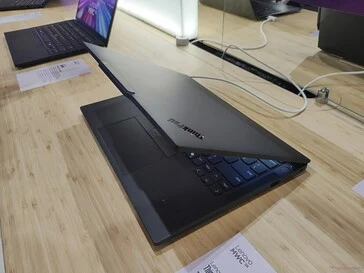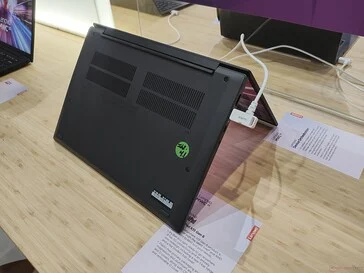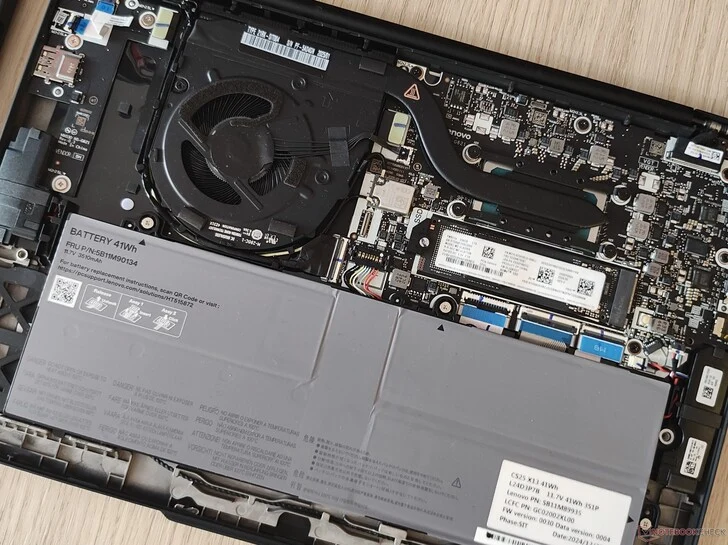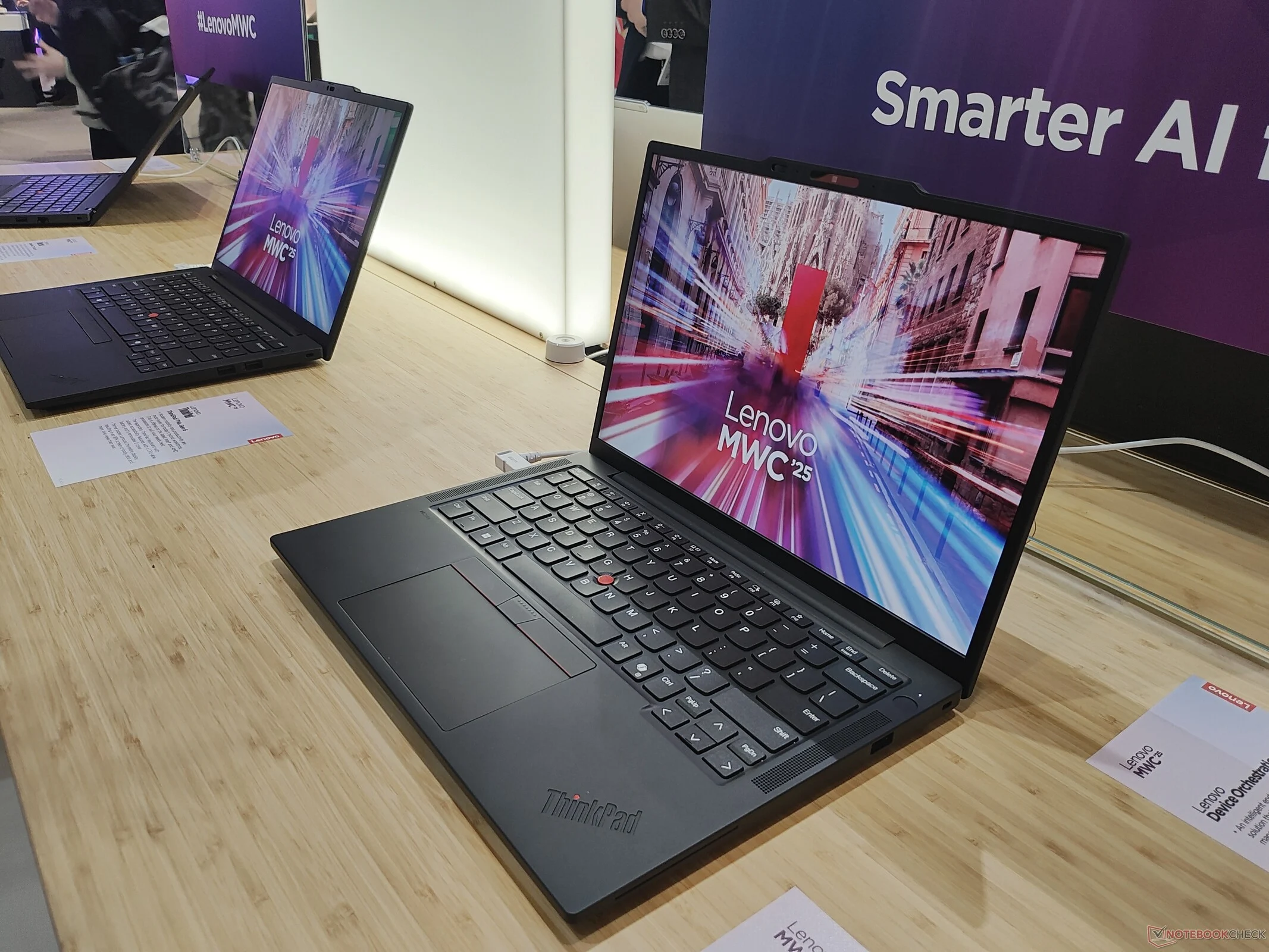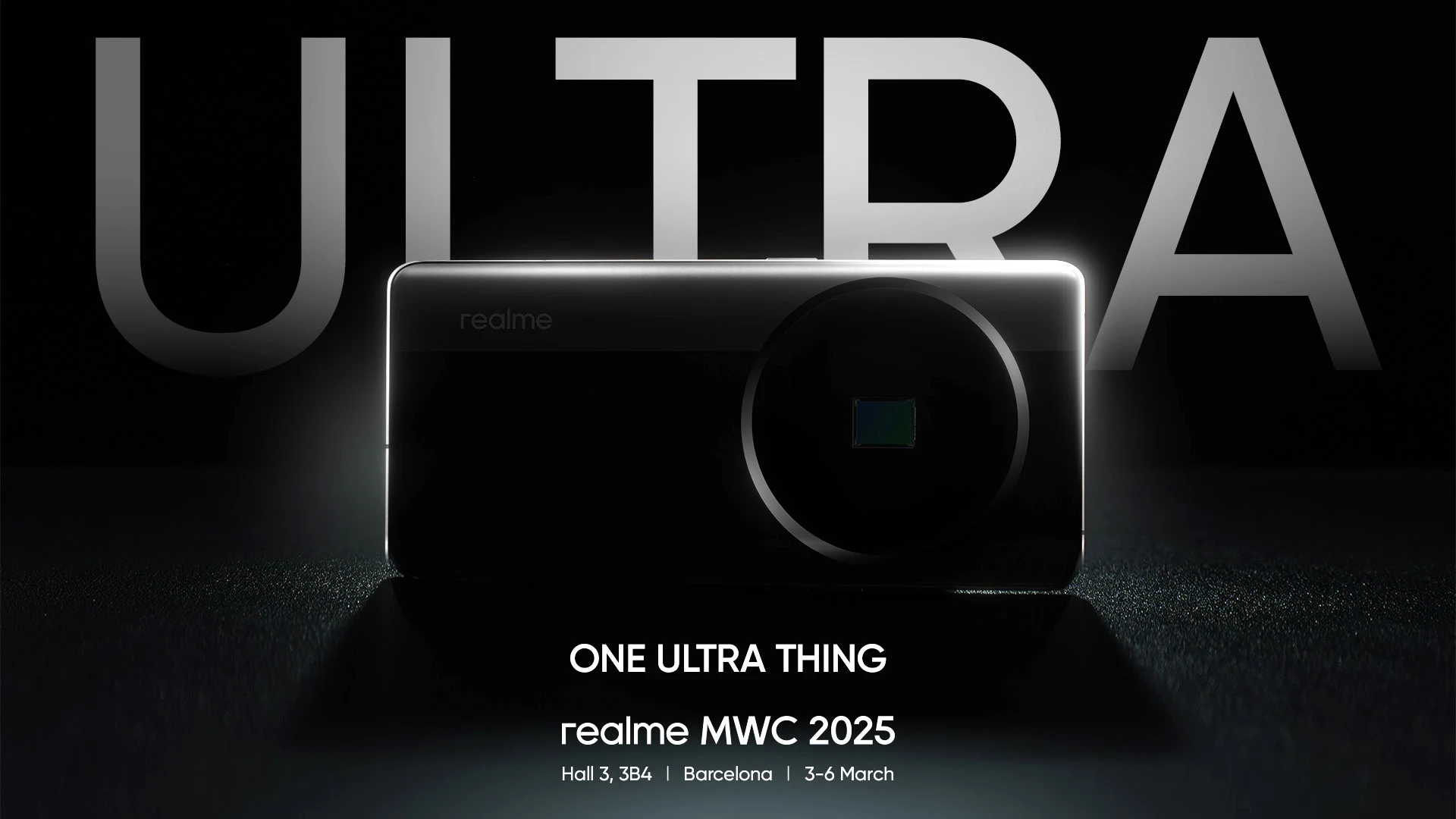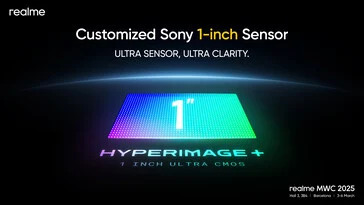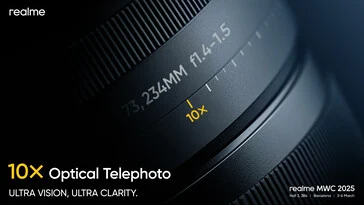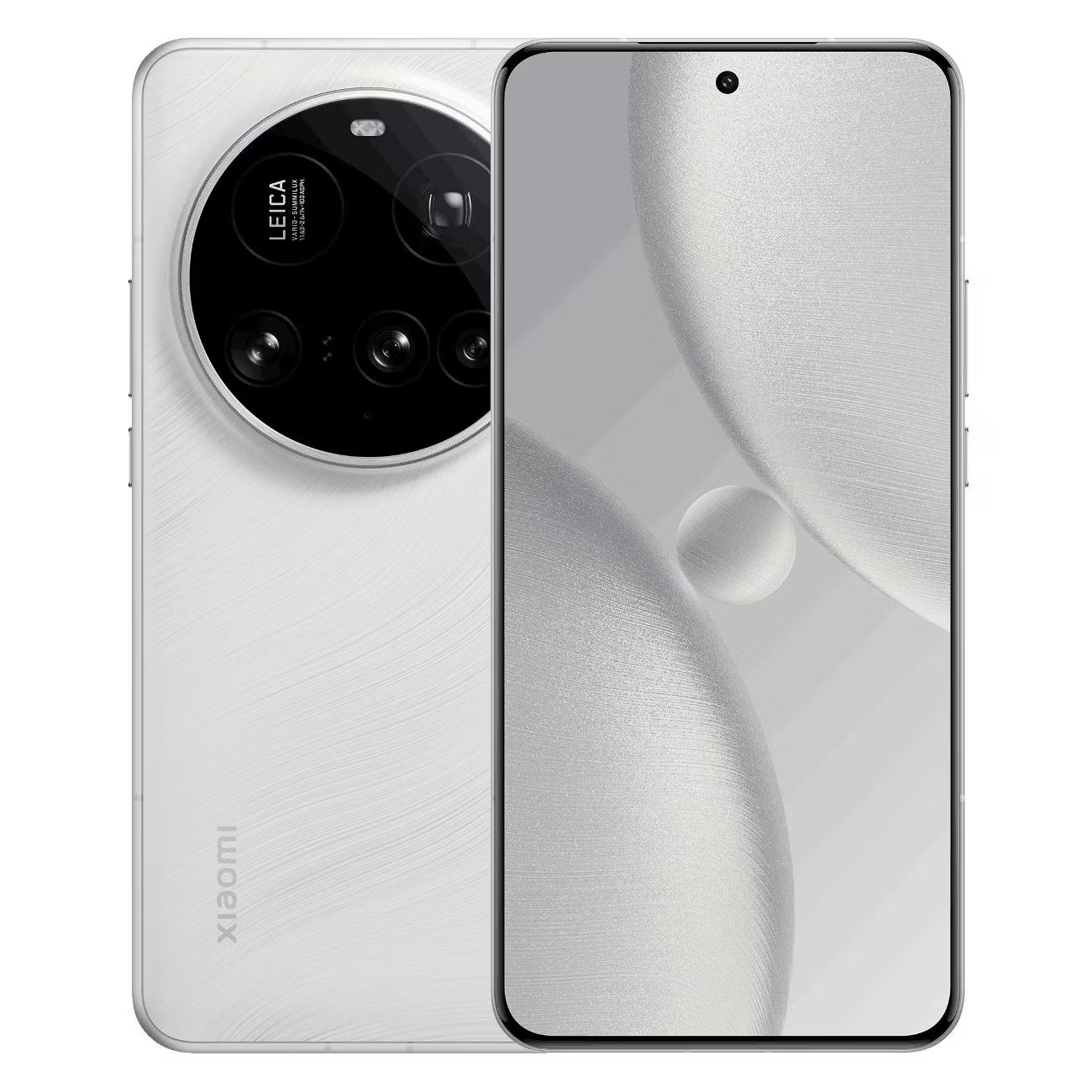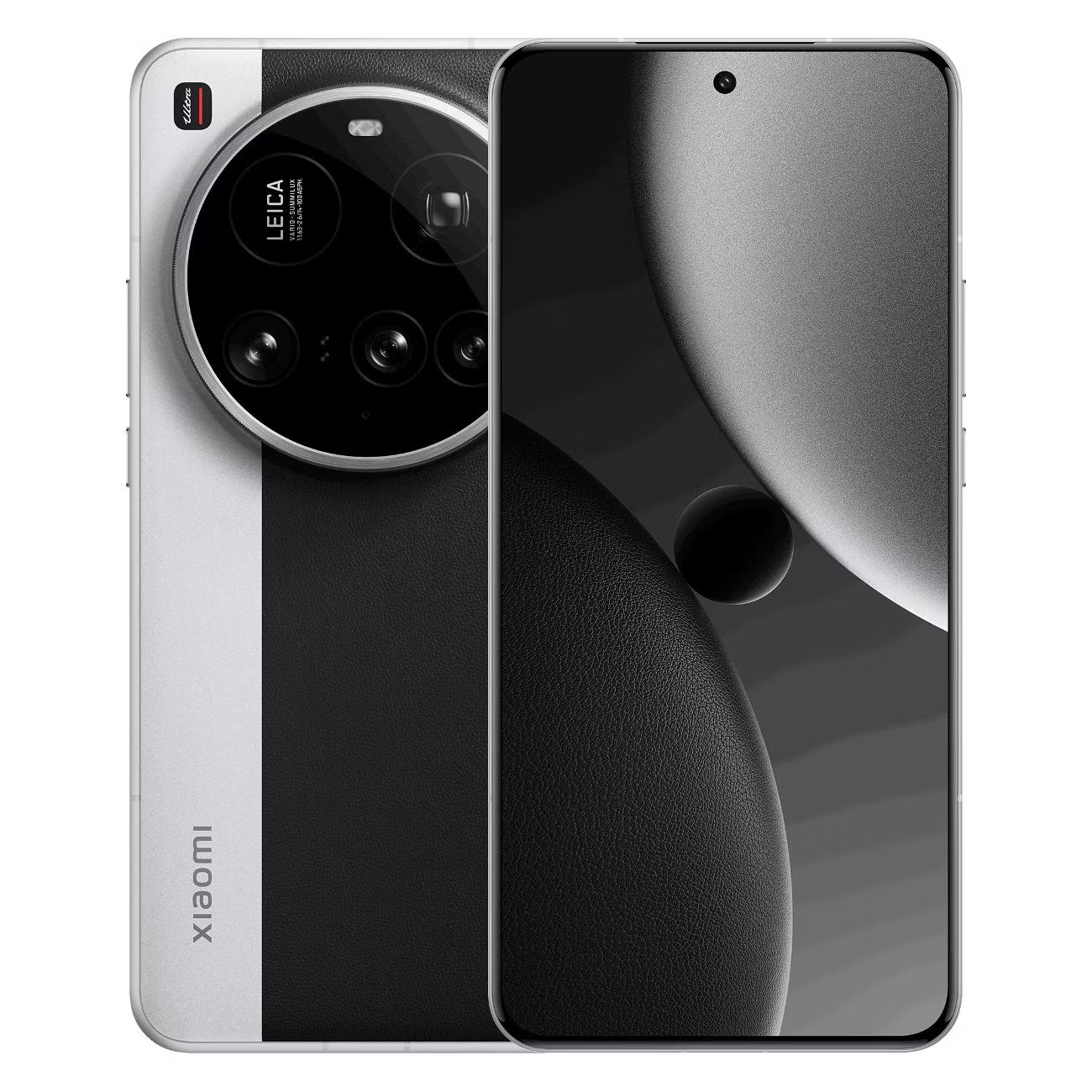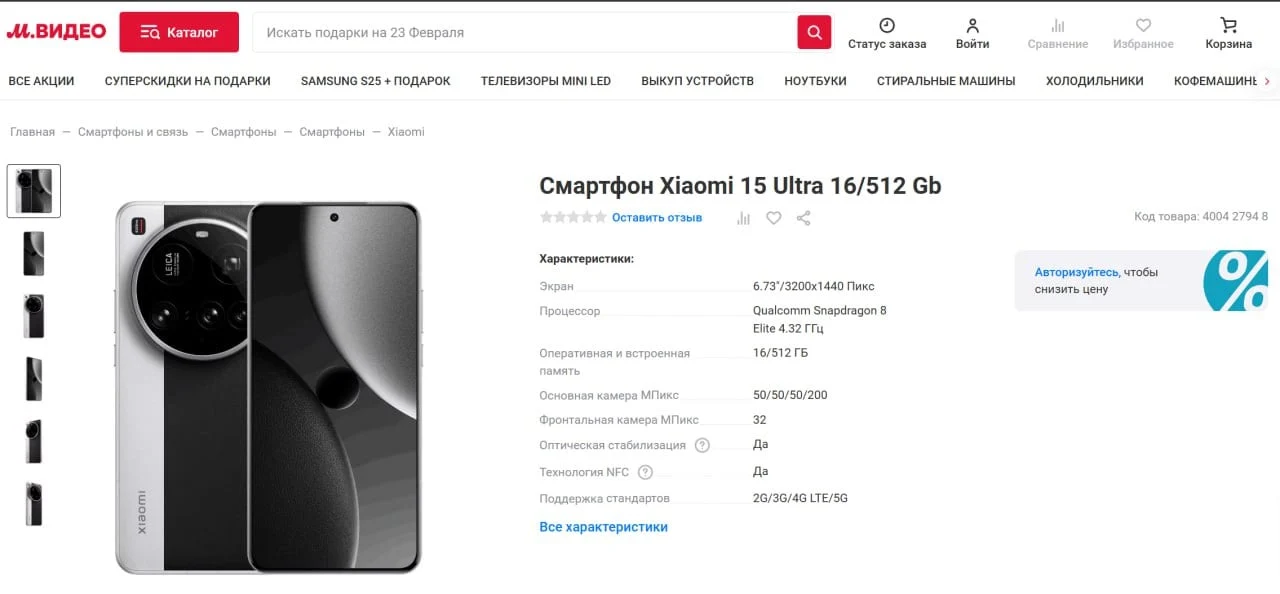Key Takeaways
1. Lenovo introduced seven new ThinkPad models at MWC, highlighting the ThinkPad X13 Gen 6.
2. The X13 Gen 6 features a redesign with improved repairability but removed one USB-A port for weight reduction.
3. The laptop weighs less than one kilogram for the Intel version, but the AMD model exceeds this weight due to cooling requirements.
4. The X13 is positioned as a budget-friendly alternative to the X1 Carbon, with different configuration options and RAM support.
5. The X13 uses power-efficient WUXGA IPS displays instead of high-end OLED screens, focusing on portability and cost-effectiveness.
At this year’s Mobile World Congress (MWC) held in Barcelona, Lenovo unveiled seven new ThinkPad laptop models. The highlight in the business category was the Lenovo ThinkPad X13 Gen 6, which we had the chance to examine at the event.
Design and Features
Upon first inspection, the Lenovo ThinkPad X13 Gen 6 resembles its predecessor, the X13 G5 (available on Amazon). This isn’t shocking, as Lenovo often sticks to familiar designs with its ThinkPad series. However, the X13 G6 is actually a fresh redesign, built entirely from scratch. While the general design stays consistent, there are notable changes upon closer examination. For instance, Lenovo has cut down the screws securing the bottom cover from five to four, which reduces weight and makes repairs easier. On the downside, one of the USB-A ports has been removed to save on weight as well.
Weight and Performance
For the first time, Lenovo can proudly claim that the X13 weighs less than one kilogram, even with the larger battery installed. This is only accurate for the Intel version, as the AMD model necessitates a more robust cooling system, pushing its weight beyond 1 kg. The same applies to models equipped with a 5G modem.
Competition and Specifications
A crucial question for Lenovo is how the new ThinkPad X13 fits within its ThinkPad lineup. The X1 Carbon serves as a significant competitor internally. Lenovo distinguishes these two models primarily through pricing, with the X13 being much more budget-friendly compared to the X1 Carbon. There are also differences in configuration options: the X13 G6 can be equipped with AMD processors, while the Intel-exclusive X1 Carbon Gen 13 does not offer this choice. Unlike the X1 Carbon, the X13 Gen 6 lacks the Lunar Lake architecture, allowing it to support up to 64 GB of RAM.
Display and Materials
Another key difference is that high-end OLED displays are reserved for the ThinkPad X1. In contrast, the X13 focuses on portability, utilizing only power-efficient WUXGA IPS screens. This approach helps keep the costs down for the X13, creating a larger price gap with the X1 Carbon.
The selection of materials can be a bit confusing for customers, given the various combinations available: carbon fiber or standard plastic for the screen cover, and magnesium or aluminum for the bottom cover. The new design includes a wide one-bar hinge, aimed at enhancing stability while allowing for a smaller screen cover. Additionally, the screen cover is now flat, unlike the slightly curved design of its predecessor.
Conclusion
Overall, prioritizing a lightweight design makes a lot of sense for the ThinkPad X13 Gen 6 in our opinion. The Lenovo ThinkPad X1 Carbon Gen 13 also weighs less than a kilogram, meaning a heavier X13 would struggle in the marketplace. While the ThinkPad X1 Nano may no longer be available, Lenovo now offers two ThinkPads competing in the same weight category: the smaller, more economical X13 G6 and the larger premium X1 Carbon G13.
